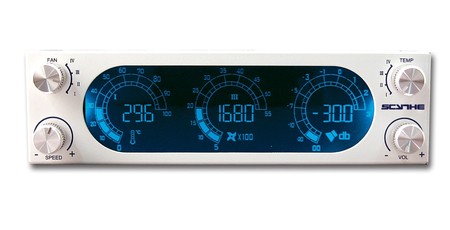
If you're an old-timer like me when it comes to PC hardware, you'll likely have seen or even owned a third-party fan controller. When motherboard EFIs lacked the fan control sections they now have (in fact, EFIs didn't even exist 15 years ago; instead you just dealt with a jumble of numbers in a BIOS) and only had a couple of fan headers at most, a separate fan controller was your only option if you wanted to control your case or radiator fans.
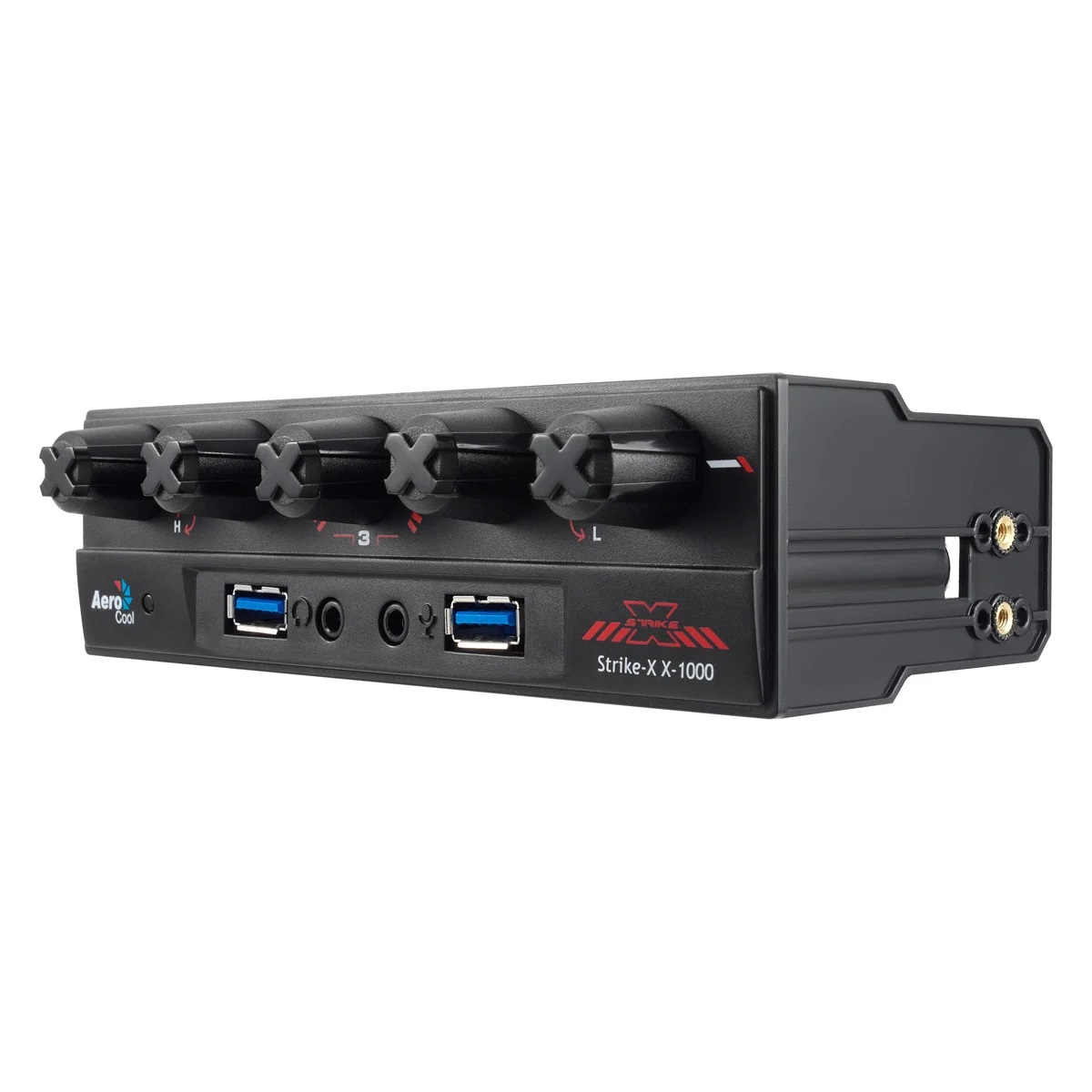
Whether it was manual or automatic, they usually came with at least six channels and also offered higher power levels per channel, usually providing enough grunt to power water-cooling pumps too. I've owned half a dozen in my time, ranging from simple manual sliders that I tweaked occasionally to fully automatic controllers, which could respond to air or coolant temperatures courtesy of thermal probes. They all served a purpose, which was to deal with the half-dozen fans in my case and on radiators when motherboards weren't up to the task. They also looked great, and in the early 2000s that kind of control over your PC was all the rage; entire group tests of these fan controllers weren't uncommon. More recently, I've used automatic ones hooked up to reservoirs to control pumps and fans based on coolant temperatures too, which is clearly very convenient.
However, it's been amazing to see the changes made to motherboards over the last decade or so. We've gone from a basic BIOS and smattering of fan headers to fully-fledged interfaces in EFIs with fully adjustable fan control curves that can be tweaked with your mouse, numerous temperature inputs, and the ability to switch fans off completely at low temperature levels too. Fan headers have become more capable and greater in number, too; there are sometimes 10 or more on a single board, they offer higher power outputs, and many can detect whether you're using three-pin or four-pin fans and switch from PWM to voltage control automatically. In addition, thermal probe headers are included on many motherboards, allowing you to add your own coolant probes and control radiator fans accordingly. Occasionally, motherboards with integrated water blocks have even sported coolant temperature probes too.
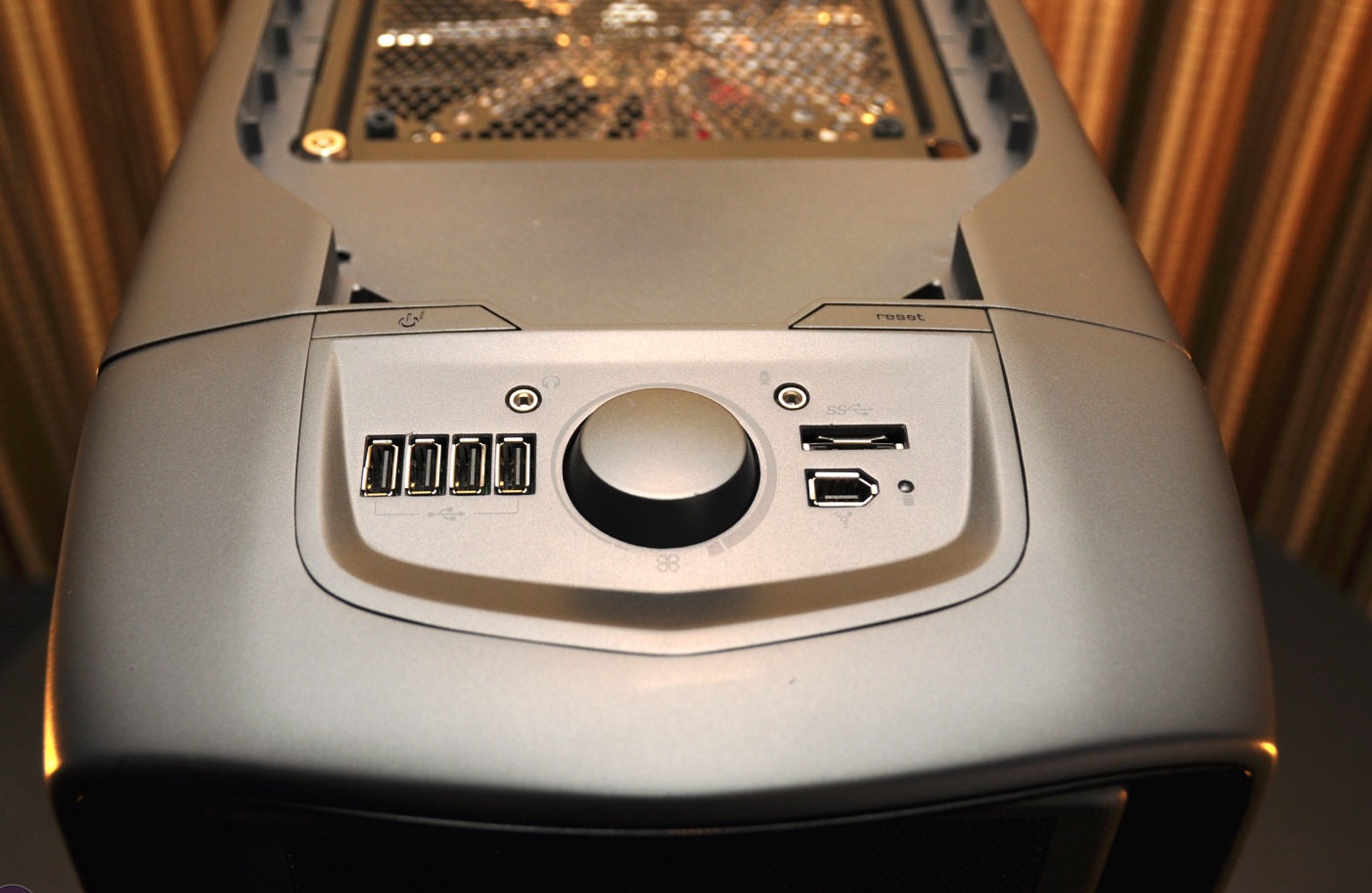
I should really get to my point now, and it's a question I reckon some of you have already asked yourselves: Do we need those funky separate fan controllers any more? I asked myself the same question when I saw the press release of Phanteks' new Eclipse P400 Air, the non-RGB version of its new sub-£100 mid-tower case that comes with an onboard fan controller. I used to rave about cases that included fan controllers, and I've used them for my main rig in the past too. At the flick of a switch, you can silence your PC for a Netflix binge or simply fine-tune your PC's noise levels to acceptable 24/7 running. However, nearly every motherboard's EFI offers a very capable fan control suite these days, where you can easily fine-tune nearly every aspect of your PC's fans.
Speaking of Phanteks, something the company has offered elsewhere is a fan hub, and in my mind this is better than a basic fan controller; it means I can connect all my case and radiator fans to it, hook its PWM cable up to my motherboard and control all the fans that way. Even if I had a mishmash of different speed fans to deal with, modern motherboards offer more than enough control to make that feasible without the need for any external controllers or hubs. Despite the fact they're very dear to my heart, then, I now feel that most physical fan controllers are clunky remnants of a solution to a problem that has now been solved (plus, good luck finding an optical drive bay to house one - ed.).
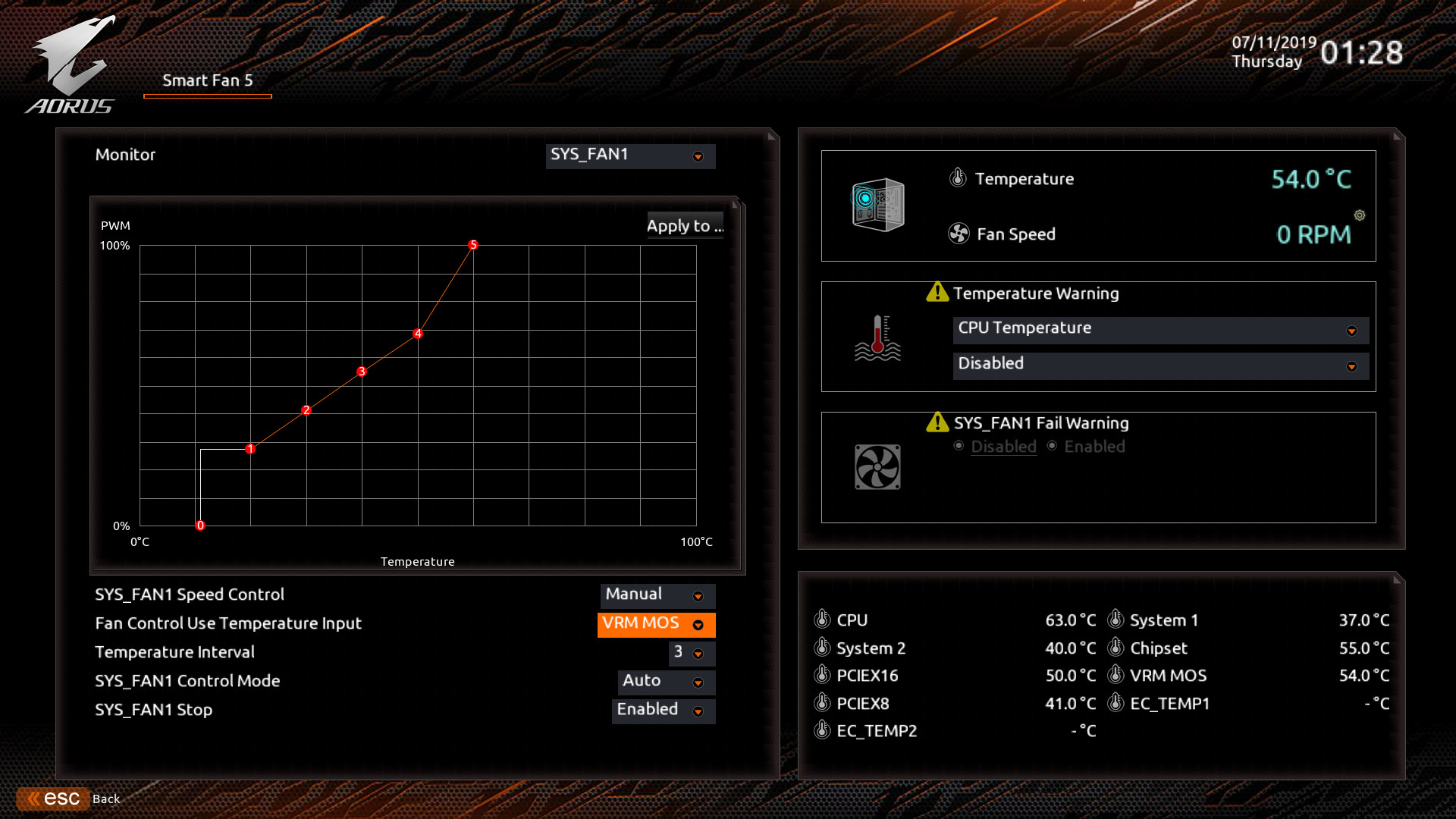
You only have to look at all the PCs on Facebook and forums these days to see that's true. As modern EFI fan control is usually available on low-end motherboards too, even the low-end PCs that cases such as the Eclipse P400 Air is aimed at would be far better served using the EFI rather than the case's fan controller. The fan control section in the EFI is usually easy to find and extremely easy to understand, plus there's also the motherboard's desktop software to consider too. I actually use the software provided with my motherboard (burn the witch! - ed.) to control the pump and fans in my water-cooled system.
I'd be interested to hear your thoughts on fan controllers - did you used to use them in years gone by but have since given them up? Do you still feel they're useful, or do you think they're redundant and modern motherboards have all you need?

MSI MPG Velox 100R Chassis Review
October 14 2021 | 15:04


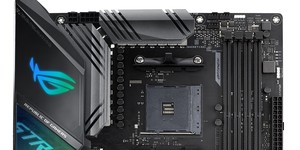
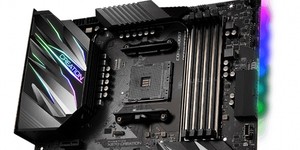




Want to comment? Please log in.